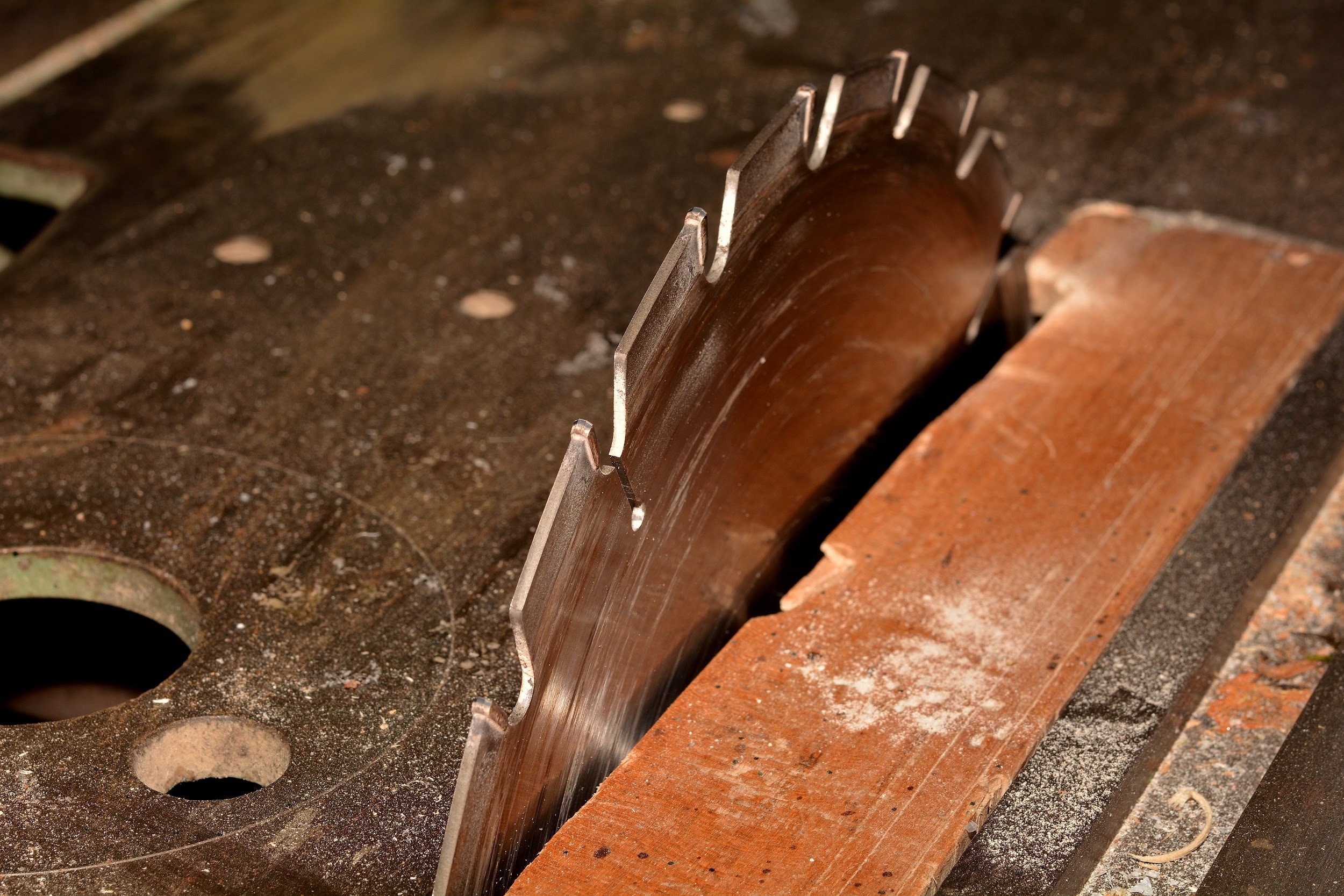Quick Tip: Table Saw Techniques

Your table saw can perform a number of tasks. Finishing the site is probably sufficient, especially as accessories such as cubes and ploughs are added to the tools directory. However, the various basic sawing techniques we discuss here in the workshop are likely to be required, including carving (i.e. cutting at a 90-degree angle) and hacksaws (angle saws), circular saws, saws and cuts.
Sabres and sabre saws. Set the multimeter to the angle you want, whether it\’s a square section (in this case, the angle setting is zero degrees) or a multimeter reading that fits your surface. When the tilt angle is set to the desired angle, one hand holds the workpiece flat against the door and the other hand balances the workpiece. You should only turn on the saw when you are in position. Then press the door and the workpiece together against the blade.
He saw the berries. Place the torn stopper parallel to the saw blade and measure the distance from the stopper near the curved tooth (clearance) of the saw blade. Once the gate is in place, tighten the built-in bracket to secure it in place.
How wide is a piece after rubbing it? The tighter the piece, the greater the need for a push rod to push the piece and keep the fingers out.
Sow again. If you need a thinner disc than the sabre available stock, the solution can be supervised. Growth is essentially a two-step process of friction. First, prepare the protective guide for the desired thickness; Then guide the workpiece through the saw blade. Now turn the piece and iron it again so that the blade corresponding to the first cut has a cut.
to decrease. Especially during the restoration work, it is necessary to hang some casting – this means that a deep lip or a \”rabbit\” is cut on the edge. The reticular joints, new or old, are stronger than the buttocks. Masonry for such carpentry is easy to do with a table saw.
Two cuts are required. First, adjust the height of the saw to cut the workpiece to the depth of the rake; Then adjust the stop so that the cut is the exact distance from the bearing edge. Cut as you tear it apart.
To make a second cut, adjust the height of the blade and stop so that the cut perpendicular to the first cut creates the rough edge you need. This cut was made by rotating a plate 90 degrees so that it was perpendicular to the board.
Line them up, cut them carefully and create a bouquet – not all by yourself.
Think about the future. Get into the habit of thinking about the cut before going on the saw. Do you wear your eye protection? What about your ears?
And where do you have the magazine in your hand? If the object is short and you don\’t need two hands to balance it, place the unnecessary arm behind your back or somewhere else.
Where does the waste go after being cut? And the part you want? Is it balanced or do you need to find a sawmill or other support to keep it balanced?
Cut the right side A table saw is the back of a hand circular saw when the blade is cutting; That is, the fragments are formed on the underside of the object. If necessary, use a feather board and a pin.
Stay in the queue. As with any saw, remember which line you want to cut. A traditional table saw tooth is eight inches wide, so cutting the line on the wrong side will result in big mistakes.
Portable table saw
For fieldwork, portable table saws are more practical than larger, heavier table saws. Exile and cross; softens and cuts edges, rabbits and feather compounds. It can also act as a draftsman and sander if equipped with suitable blades.
Portable table saws, also known as table saws, are often made of aluminium for easy transportation. They consist of a box with motor, drive and blade mechanism and a tray from which the blade comes out.
Portable table saws don\’t have a built-in shelf, but the legs can be purchased separately or made with little effort. They can also be used on workstations, workbenches or other flat surfaces.
Like large retail jigsaws, portable table saws can be customized for different parts. The blade can be raised and lowered to cut materials of various thicknesses (a 10-inch table saw can cut material just over 3 inches thick by extending the blade as far as it will go). The blade can also be bent for mitre cuts.
The cutting area of portable table saws is smaller than the retail one (about a foot and a half or two feet per square meter, not about two feet three and a half feet). Perhaps this is the biggest drawback of a portable table saw – the larger tabletop makes the tool safer and easier to use, and gives the workpiece more support and durability when cutting. However, a portable sawmill or another similar device can be purchased or manufactured at the same level as the table and arranged to support wooden or wooden tables.
Essential accessories for all table saws include a multimeter and longitudinal guide, which together help guide the workpiece safely along the saw blade. A mitre fence, as it is also called, is a slide for making parts. The multimeter changes at any angle you want to cut and slides across the table in one of the two parallel edges along the length of the countertop on each side of the blade. The rack guide is fixed parallel to the knife and allows you to tear the boards evenly to the selected width.
All new bars also have standard knife guards. If you own a sturdy old table saw (good ones can last for many years) without protection, consider installing a suitable protective cover. They should have at least a metal or plastic coating on the blade itself and break if there are cracks.
The cutter is a fin-shaped piece of steel that is as thick at its widest point as the width of the sawtooth. The separator behind the saw separates the wood to prevent the tree from sticking to the saw blade. Most new saws have recessed fingers and metal handles to prevent the work from moving forward and hitting the saw.
Use fuses. Period. Thanks to the world chainsaws, there are already more than many carpenters and cutters, professionals and amateurs with incomplete indicators.






